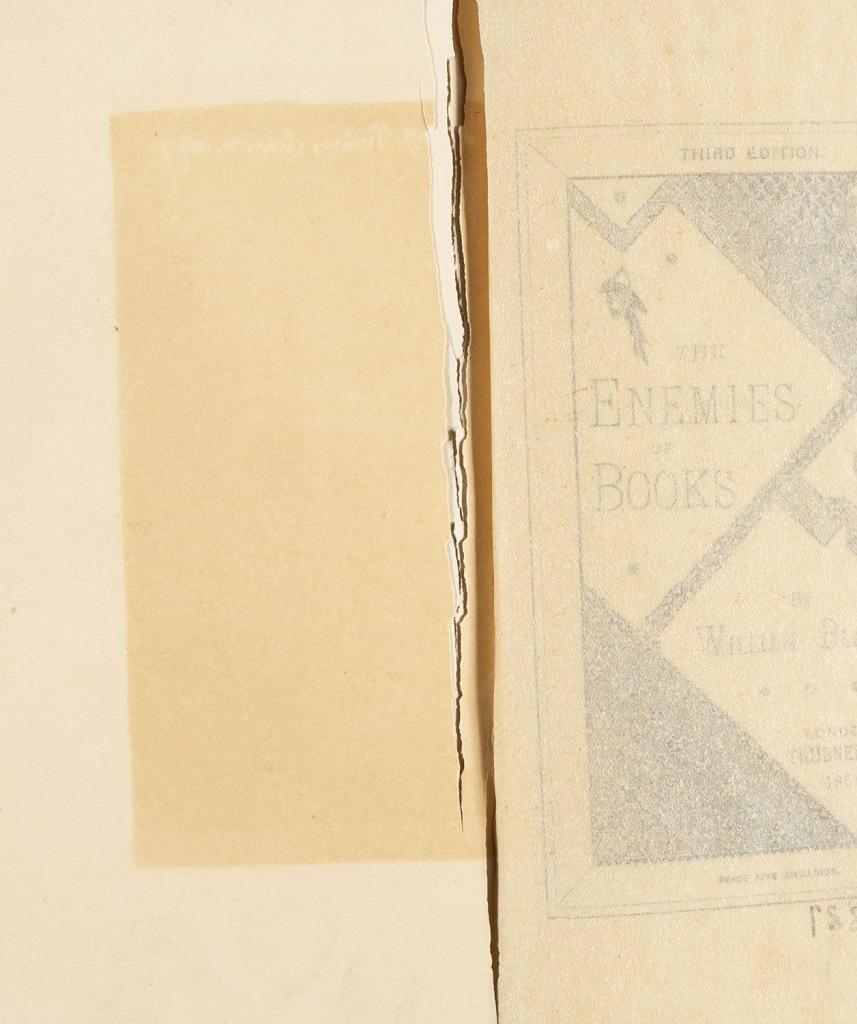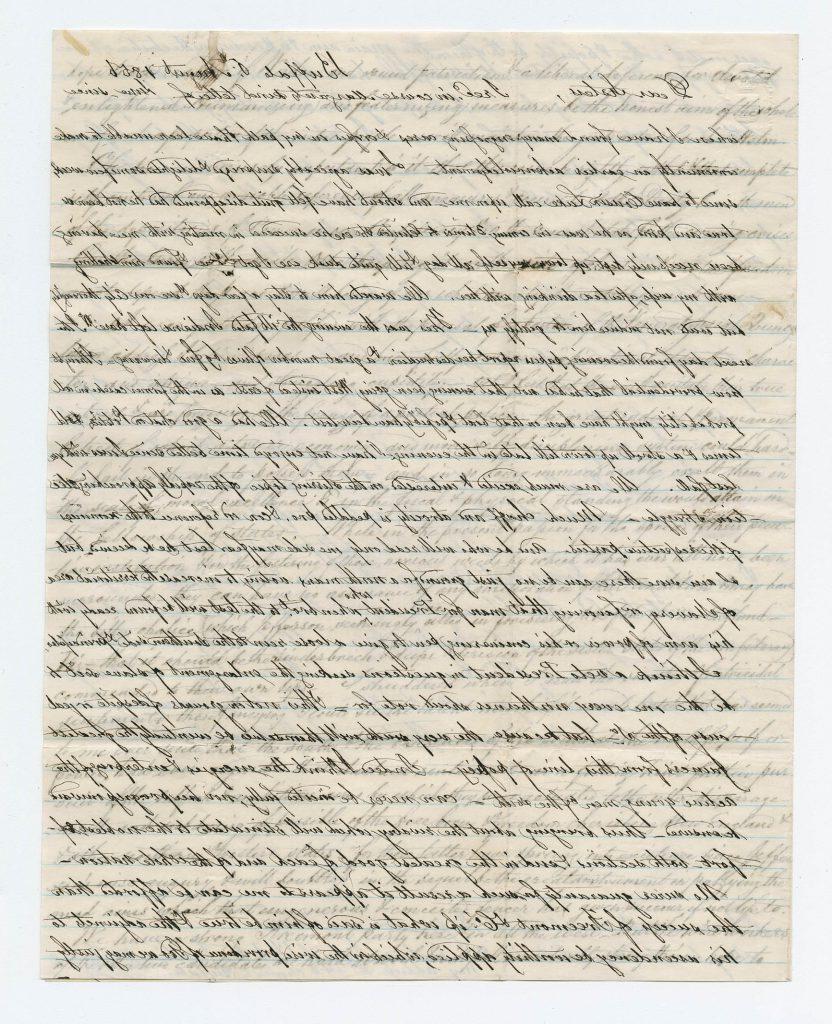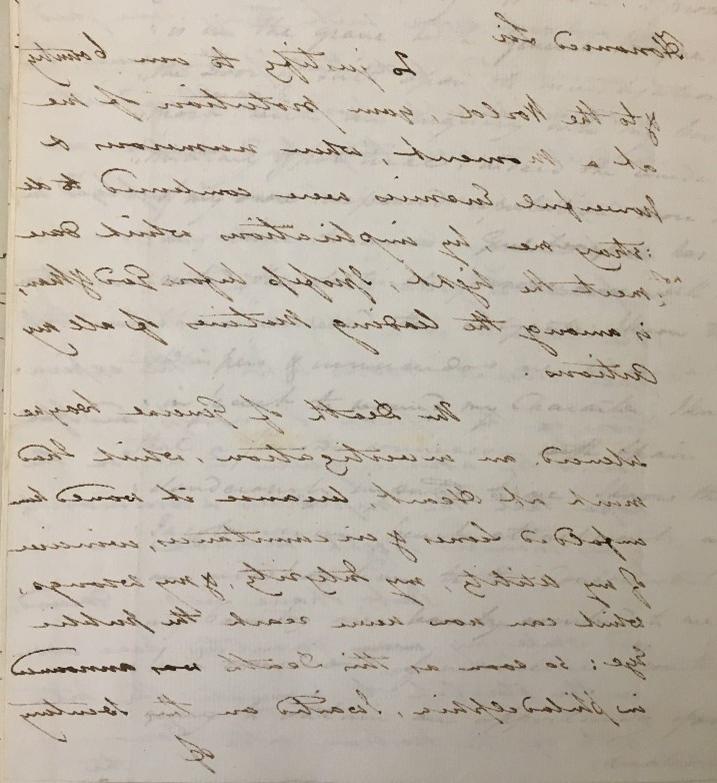By Heather Rockwood, Communications Manager
In part 2 of Journey to the South Pole, Jeremiah N. Reynolds (1799–1858), petitioned the US Congress to fund an expedition to the South Pole to prove a theory that there was an opening there that led to an inhabitable hollow inside the earth. He was successful in his petitions, until John Quincy Adams (JQA, 1767–1848) lost the 1829 election, and President Andrew Jackson removed the funding. The voyage still took place, with Reynolds on board the ship. His expedition reached Antarctica, but turned back, mutinied in Chile, and abandoned Reynolds there. He remained in Chile for two years until picked up by the US frigate Potomac and eventually brought home. Most would assume his adventure with the South Pole ended there, but as it turned out, Reynolds was not ready to give up!
When Reynolds returned to New York, he studied to become a lawyer and wrote a book about his years traveling the seas on the Potomac, Voyage of the United States frigate Potomac, under the command of Commodore John Downes, during the circumnavigation of the globe, in the years 1831, 1832, 1833, and 1834, and a tale about an elusive white whale hunted off the coast of Chile that Herman Melville (1819–1891) cited as one of the inspirations for his novel Moby Dick, Mocha Dick: Or The White Whale of the Pacific: A Leaf from a Manuscript Journal, published in 1839 in The Knickerbocker.
By 1836, Reynolds was back in Washington lecturing and petitioning Congress for another venture to the South Pole. On 2 April 1836, JQA, now a Massachusetts representative in Congress, attended a lecture and wrote about it: “In the Evening I went to the Capitol, and heard a Lecture two hours and a half long from Mr Reynolds in support of his old project of a scientific naval expedition to the South Pole and pacific Ocean.” On 10 May 1836, JQA wrote about a few resolutions in the House of Representatives, one of which approves the new South Pole expedition: “The Committee rose, and in the House an amendment by the Senate to the exploring expedition section of the Navy Appropriation Bill was sharply debated, by Graves of Kentucky—and me— The amendment was finally agreed to by yeas and nays 80 to 65—I met Reynolds and told him the result—He said he could now die content.” After this last, it seems JQA and Reynolds no longer met, or at least, JQA never mentioned him again in his diaries.
Ironically, Reynolds was excluded from the expedition, known as the US Exploring Expedition, or sometimes, the Wilkes Expedition, which left in 1838 and returned in 1842. In his fervor to create the expedition, he made himself unwelcome. He felt deeply insulted and mostly retreated from public life after that, although he continued to write and publish articles such as Mocha Dick. His influence in popular culture is another interesting corner of history to research. Information on the internet reveals a connection between Reynolds and Edgar Allan Poe (EAP, 1809–1849). It’s especially fascinating because EAP called out “Reynolds!” several times on his deathbed. There’s much speculation on the internet as to which Reynolds EAP meant. Reynolds fell ill and died while traveling in Canada in 1858.
On 10 December 1836, JQA noted in his diary: “Mr Pickering came again this morning; but I had not found Ira Hill’s Theory of the Earth—Mr Pickering thinks he has made very wonderful discoveries in Geography, and among the rest that the Poles of the Earth have changed their position, from East and West to North and South – He said that Ira Hill had made the same discoveries.” I couldn’t find much information on Ira Hill, the author of An Abstract of a New Theory of the Formation of the Earth, but likely this is the book to which JQA is referring. I was able to find more information on Charles Pickering (1805–1875). He was a naturalist, curator, author, and physician, as well as one of the scientists on Wilkes’ expedition toward the South Pole in 1838–1842. Charles Wilkes (1798–1877), the leader of the expedition, used Pickering’s journal as an influence for his Narrative of the United States Exploring Expedition, which he published in 1845. From 1842–1843, Pickering was the curator of the collection brought back to the United States from the Wilkes expedition which became a part of the Smithsonian Institution’s collection. Although Pickering did not publish his theory of Pole changes, current scientific research, at least from 2020, shows that the last pole shift happened millions of years ago, which makes me wonder if Pickering was having the same findings, but could not prove it at the time.

Thank you for joining me on this expedition to the South Pole through the diaries of John Quincy Adams and Charles Francis Adams. Although our travels end here, I hope you will take time to read a few of the (free online) books linked throughout these three blog posts, and that you are inspired to look through the online Adams Family Papers for more interesting stories like these.















